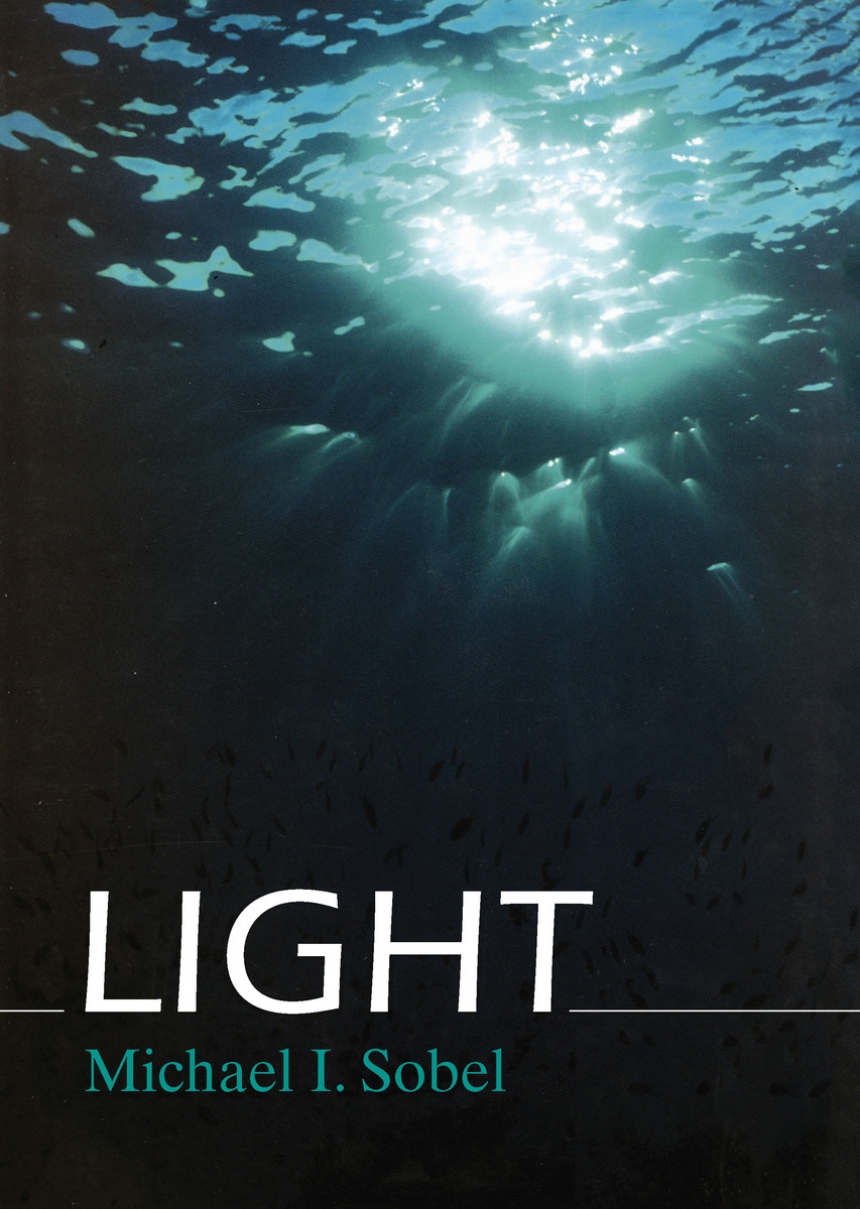Light
Rainbows and exploding stars, ancient Greek optics and modern lasers—these are but a few facets of this entertaining exploration of light in all areas of science and technology.
"Like the denizens of some brilliant ocean, humans are awash in light. Surrounded by illuminations both natural and artificial, we remain blissfully unaware of how light determines most of life’s rhythms and rituals or how it dominates every field of modern science. Michael I. Sobel, a professor of physics at Brooklyn College, has attempted no less a task than to enlighten us (see how it pervades our language) about the many facets of this ubiquitous phenomenon, from its earliest stirrings of emotion and wonder in ancient savants to its modern applications in lasers and silicon chips. His broader objective, however, is to show the unity of the natural sciences by using light as a central theme. . . . As a guide along the path of light Mr. Sobel is excellent."—James Cornell, New York Times Book Review
"Like the denizens of some brilliant ocean, humans are awash in light. Surrounded by illuminations both natural and artificial, we remain blissfully unaware of how light determines most of life’s rhythms and rituals or how it dominates every field of modern science. Michael I. Sobel, a professor of physics at Brooklyn College, has attempted no less a task than to enlighten us (see how it pervades our language) about the many facets of this ubiquitous phenomenon, from its earliest stirrings of emotion and wonder in ancient savants to its modern applications in lasers and silicon chips. His broader objective, however, is to show the unity of the natural sciences by using light as a central theme. . . . As a guide along the path of light Mr. Sobel is excellent."—James Cornell, New York Times Book Review
"At long last, here is a book about a technical subject that anyone can read with interest and understand. . . . The author’s technical genius and communication skills are combined with excellent lucid sketches, concise meaty captions, and fascinating photographs."—Jason R. Taylor, Science Books and Films
“The title says it all. It is simply a magnificent dissertation on every aspect of light. Its lucid and attractive prose may be read for pleasure and wonder, yet the book is also a reference book of authority. I doubt whether any question about light cannot be answered by consulting it, whether the question is about glow-worms or the aurora borealis, black bodies of the structure of the eye, mirages or fluorescence. This is a marvelous book, one of the best paperbacks I have ever encountered.”—New Scientist
“The title says it all. It is simply a magnificent dissertation on every aspect of light. Its lucid and attractive prose may be read for pleasure and wonder, yet the book is also a reference book of authority. I doubt whether any question about light cannot be answered by consulting it, whether the question is about glow-worms or the aurora borealis, black bodies of the structure of the eye, mirages or fluorescence. This is a marvelous book, one of the best paperbacks I have ever encountered.”—New Scientist
274 pages | 150 halftones and line drawings | 6.70 x 9.40 | © 1989
Physical Sciences: Physics--Popular Books
Table of Contents
Preface
1. The Wave Theory of Light
2. Optical Instruments
3. Color
4. The Electron and the Photon
5. In the Atmosphere
6. The Stars
7. The Cosmos
8. Light and Life
9. High Technology
10. Relativity
Appendixes
A. The Concept of a Field
B. Blackbodies
C. De Broglie Waves
D. White Dwarfs, Pulsars, and Neutron Stars
E. Hubble’s Law and the Cosmological Principle
F. Fluorescence
G. Semiconductors and Photocells
H. Stimulated Emission
I. Measurements of the Speed of Light
J. The Strong Interaction, Pions, and Quarks
Notes
Index
1. The Wave Theory of Light
2. Optical Instruments
3. Color
4. The Electron and the Photon
5. In the Atmosphere
6. The Stars
7. The Cosmos
8. Light and Life
9. High Technology
10. Relativity
Appendixes
A. The Concept of a Field
B. Blackbodies
C. De Broglie Waves
D. White Dwarfs, Pulsars, and Neutron Stars
E. Hubble’s Law and the Cosmological Principle
F. Fluorescence
G. Semiconductors and Photocells
H. Stimulated Emission
I. Measurements of the Speed of Light
J. The Strong Interaction, Pions, and Quarks
Notes
Index
